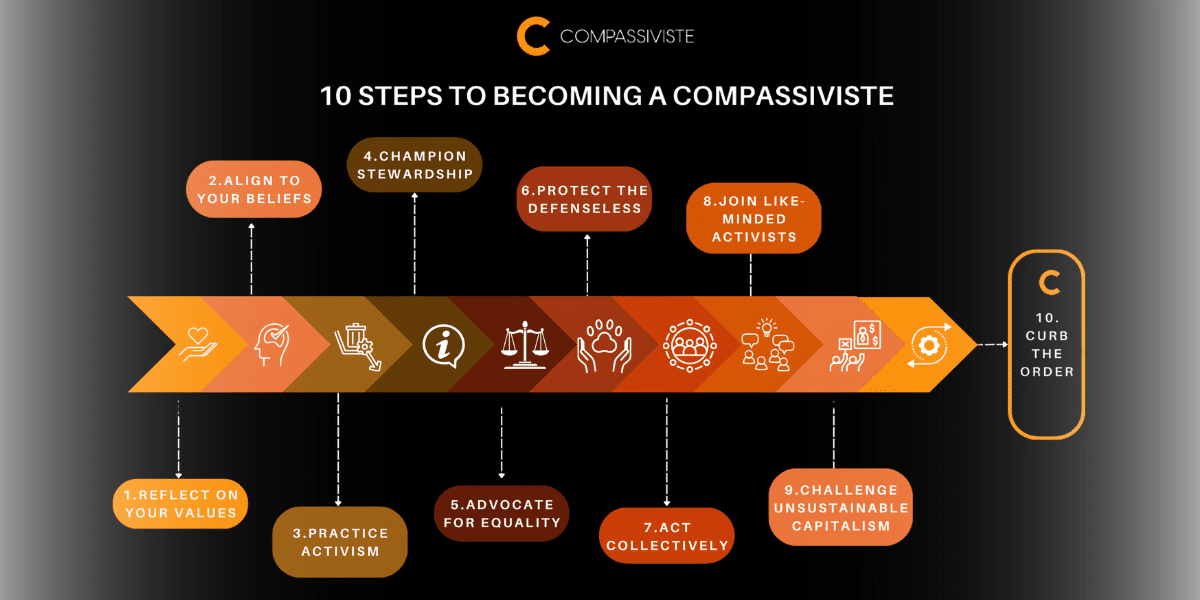The proliferation of mobile technology has seen the tech revolution explode in recent years as businesses move to cater to the online market. With around 5 billion mobile internet users around the globe, the race for the best software and latest developments means that the tech industry is always moving forward.
Recent improvements in AI have revolutionized content generation, process automation, and customer service and projected growth in digital markets ensures things won’t slow down for the foreseeable future.
San Francisco has been at the forefront of technological development in the U.S. since the fifties and is recognized for being one of the most significant tech hubs in the world.
In recent years, Malaysia has also grown to be a force to be reckoned with and is projected to create in excess of 500,000 jobs in the digital sector by 2025.
How Malaysia and San Francisco Became Tech Hubs
San Francisco’s Silicon Valley began in 1951 with the Stanford Industrial Park. The area featured manufacturing facilities, offices, and research labs and was a collaborative project between Frederick Terman and Stanford University.
Four years later, in 1955, William Shockley set up a laboratory here and the area became a centre for innovation. The late ’50s and early ’60s saw the space race hot up and investment in new technology skyrocketed. Military development also moved into the area which began to grow.
The 1970s and ’80s were a time when IT giants like Microsoft, Atari, and Apple were created in the area and this success continued into the ’90s and 2000s as the area became the place to be for aspiring tech moguls.
The development of groundbreaking innovations such as the microprocessor, microcomputer, and silicon-based integrated circuit can all be attributed to Silicon Valley companies.
The success stories of brands like Meta and Apple make it attractive to rich investors who want to back the next big thing in mobile technology.
While Silicon Valley grew naturally and attracted the biggest names in tech over time, Malaysia’s success was planned. The Malaysian government launched the Multimedia Super Corridor (MSC) in the late ’90s and has invested around $100 billion to create an Asian digital hub.
Malaysia has also implemented Digital Free Trade Zones where businesses can operate with minimal taxation and customs charges. This is especially attractive to digital businesses that can operate anywhere while providing high-quality services to customers and partners in other countries.
Malaysia is one of the member nations of the Association of Southeast Asian Nations (ASEAN) which creates a union between 10 countries in the region. With over 600 million people in the ASEAN, the digital hub in Malaysia offers a great option for tech startups and companies within the member states.
The main purpose of the MSC was to facilitate the digital economic market in Malaysia. The creation of a zone tailored towards IT-related industries and partnerships between MIDA (Malaysian Investment Development Authority) and MDEC (Malaysia Digital Economy Corporation) see the country on course for over a quarter of Malaysia’s GDP being attributed to the digital economy.
Malaysia permits companies that provide a range of services, including:
- Blockchain
- AI
- Fintech
- User Experience
- User Interface
- Robotics
- 3D Printing
- Cloud and Data Centre
- Big Data Analytics
The emergence of this market and its potential to offer a purpose-built, financially viable alternative to the more expensive options in the U.S. could see a shift in tech development in the next few years.
Tech Trends and Activities in Malaysia and San Francisco
The difference in tech trends and how technology is used is often dictated by what is needed most. Following the COVID-19 pandemic, online trends and user behaviours changed and this has seen online activity increase.
Sectors like the gambling industry have seen significant growth due to in-person betting operators having to close their doors. Both the US and Asia saw an increase in user traffic and the latest technology is essential for online operators to attract new customers.
New technology, including AI to monitor player behavior patterns, is used by online casinos to improve customer service and tailor the player’s experience. While there are strict rules on gambling for the Muslim population of Malaysia, visitors and non-Muslims can make the most of new online casino technology (source: https://www.basketballinsidersmalaysia1.com/online-gambling-sites/). Online betting in the U.S. is determined by legislation set out by individual states. As more states permit online gambling, the industry grows and so does the market for new technology and software.
Cloud storage and AI are also set to grow and provide a variety of applications that benefit online companies. The decentralization of AI is likely to disrupt a range of different sectors with chief technology officers integrating APIs from AI services.
Automated security procedures are being implemented across the board in order to increase cloud security for providers and users. This includes rejecting code with potential weaknesses and providing recommendations on how to improve it. Security breaches can be reduced by as much as 70 to 80% by automating security, with the majority of issues stemming from system and code misconfigurations.
Whether future tech developments come from San Francisco or Malaysia is anyone’s guess, but with many companies streamlining processes and looking at the most cost-effective ways to operate, the high cost of living and tax rate of Silicon Valley could put off prospective tech companies.
Sponsored Post











